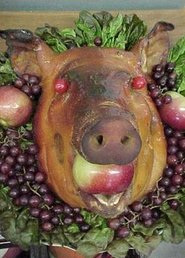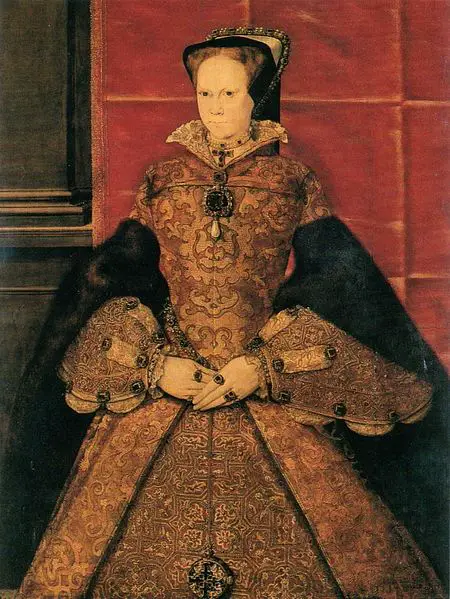How much do you know about Tudor clothing? Test your knowledge with this fun quiz.
Tudor Clothes
Correct! Biggin was a common name for a coif.
Wrong! It was a close fitting cap tied under the chin. Biggin was a common name for a coif.
Correct!
Wrong! They were diapers (or nappies) worn by Tudor babies.
Correct!
Wrong. They were a medieval form of men's underwear.
Correct!
Wrong! It went down to the top of the thighs.
Correct! Canvas was 4d per yard, cloth of gold was 58s 8d a yard. A fine cloak would have cost more than three years' work.
Wrong! The answer is six months. Canvas was 4d per yard, cloth of gold was 58s 8d a yard. A fine cloak would have cost more than three years' work.
Correct!
Wrong! It denied the lowest of agricultural workers the right to wear fur.
Correct! Blue and Crimson velvet were reserved for Noblemen and Garter Knights by the 1533 Act.
Wrong! It was nobles and garter knights. Blue and crimson velvet were reserved for Noblemen and Garter Knights by the 1533 Act.
Correct! Kermes vermilio insects live on the sap of certain trees, especially the Kermes oak tree found in the the Mediterranean region.
Wrong! It is a red dye derived from the dried bodies of certain insects. Kermes vermilio insects live on the sap of certain trees, especially the Kermes oak tree found in the the Mediterranean region.
Correct!
Wrong! It was worn next to the skins because it could easily be washed.
Correct! Buckram was used (and still can be!) to stiffen clothes without the need for boning.
Wrong! It was a stiff cloth made of cotton. Buckram was used (and still can be!) to stiffen clothes without the need for boning.
Correct! A billiment or habilliment (sometimes spelled bilament) was an ornamental band that formed the border on a Medieval head-dress. Usually this was jewelled and was worn on the front, near the forehead.
Wrong! It was a jewelled band on a French hood. A billiment or habilliment (sometimes spelled bilament) was an ornamental band that formed the border on a Medieval head-dress. Usually this was jewelled and was worn on the front, near the forehead.
Correct!
Wrong! It is a cloth with a smooth weave with a design created by bringing the weft to the surface.



Had to dig about in the ol’ grey matter there, lol.
I’m a disgrace, didn’t do well at all
I don’t know very much about Tudor apparel, apparently!
Better luck next time!
This one was super tough but very educational 🙂
Yeah got them all right. So I’m a Tudor know it all.
Well done!